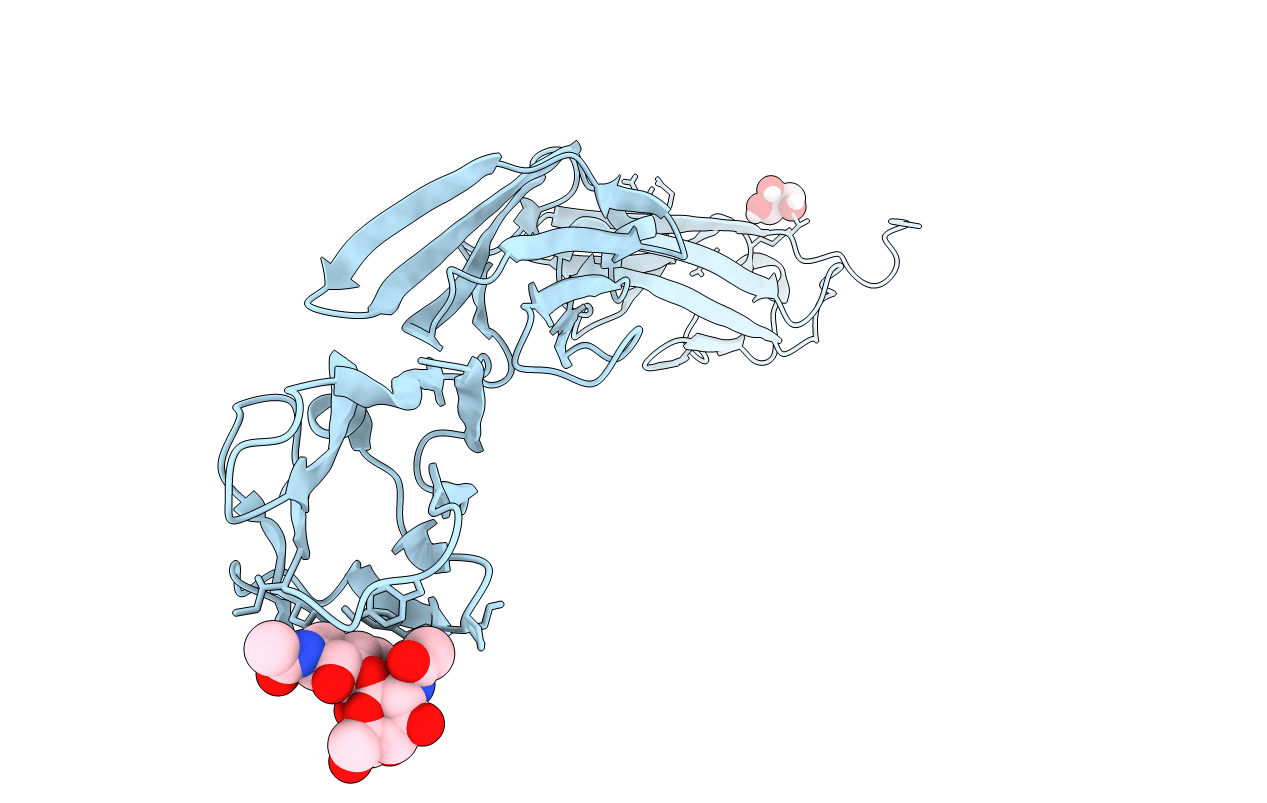
Deposition Date
2018-04-12
Release Date
2019-01-30
Last Version Date
2024-11-06
Entry Detail
PDB ID:
5ZO1
Keywords:
Title:
Crystal structure of mouse nectin-like molecule 4 (mNecl-4) full ectodomain (Ig1-Ig3), 2.2A
Biological Source:
Source Organism:
Mus musculus (Taxon ID: 10090)
Host Organism:
Method Details:
Experimental Method:
Resolution:
2.20 Å
R-Value Free:
0.21
R-Value Work:
0.19
R-Value Observed:
0.20
Space Group:
I 41 2 2


